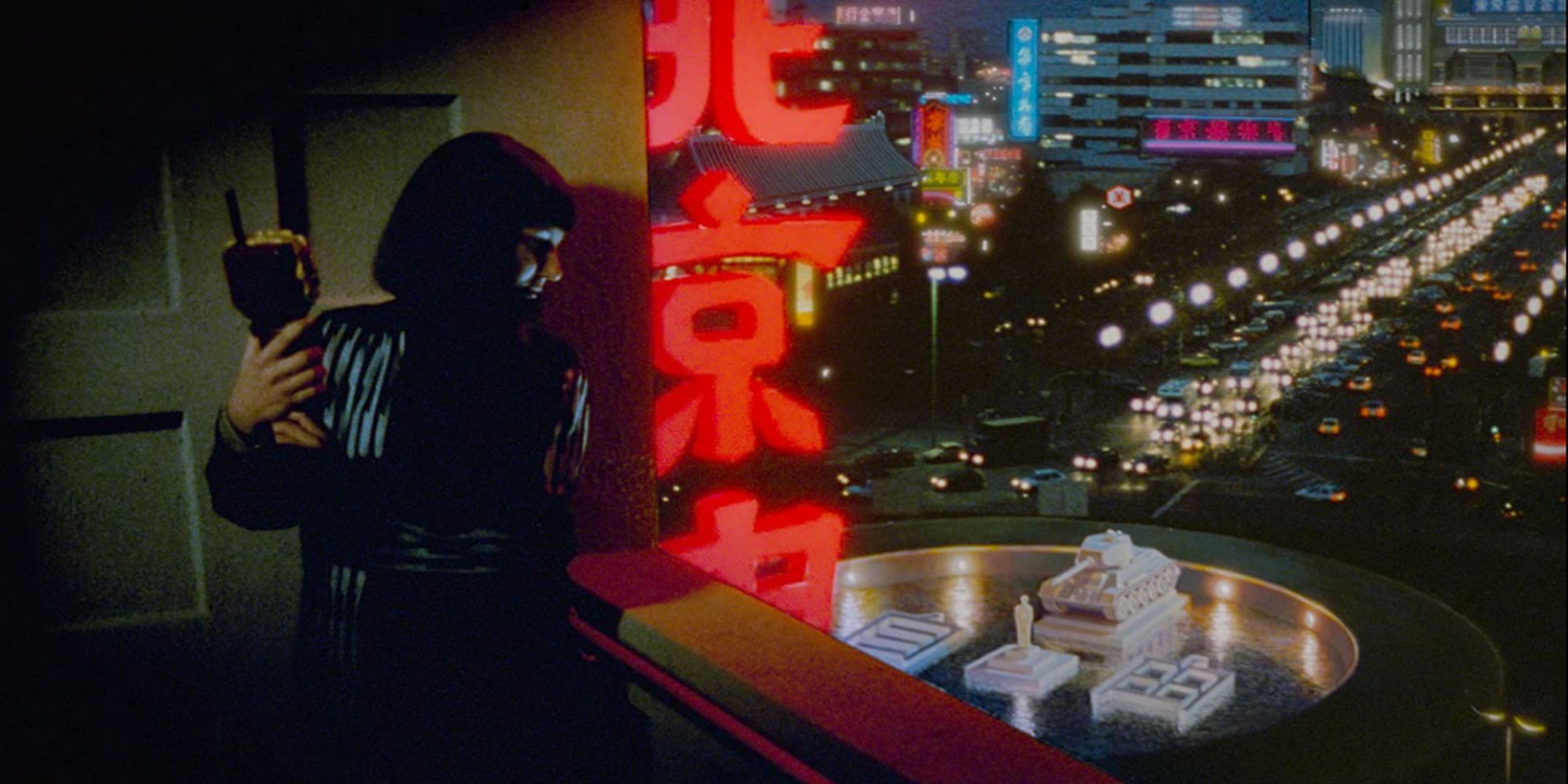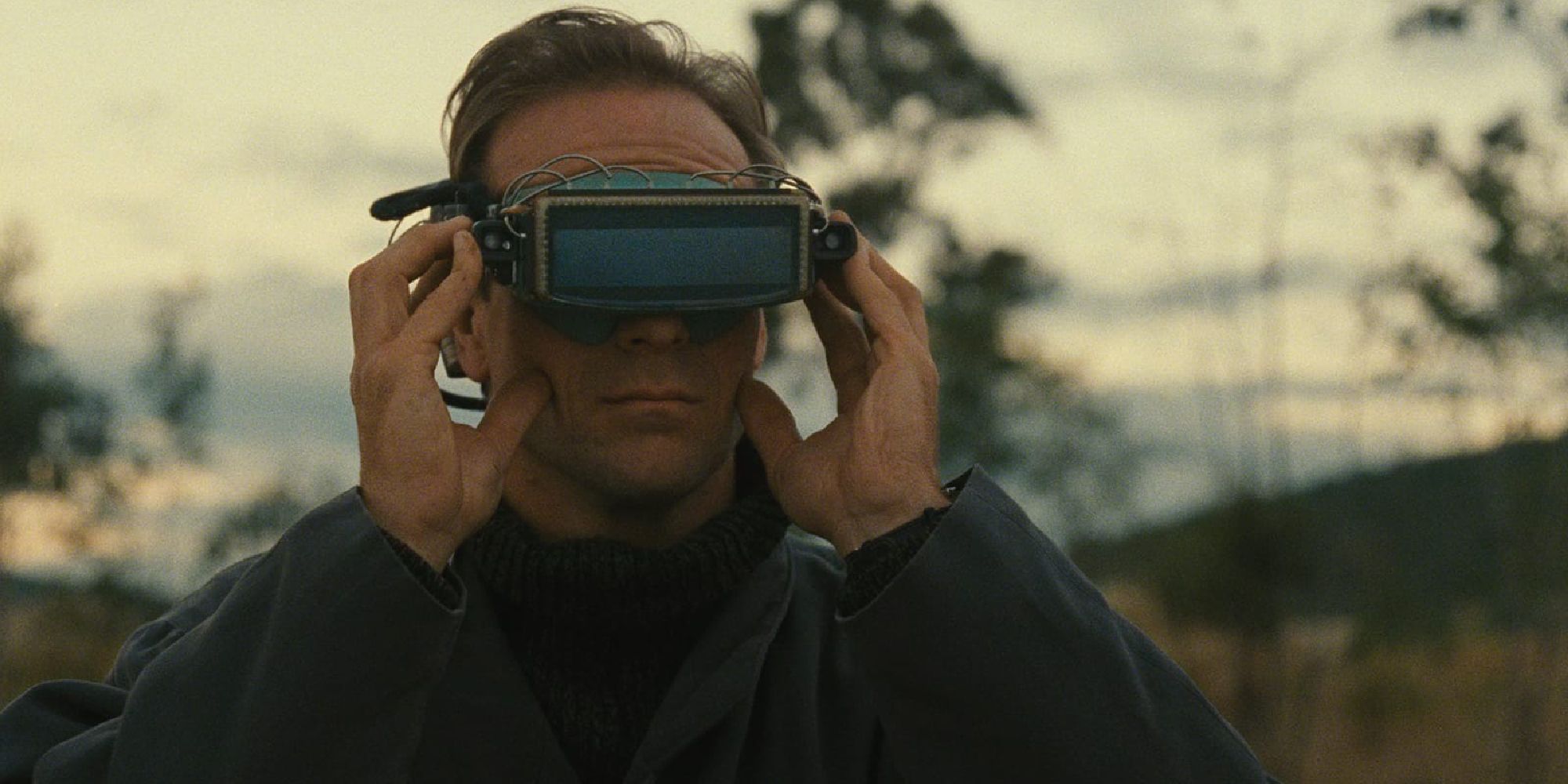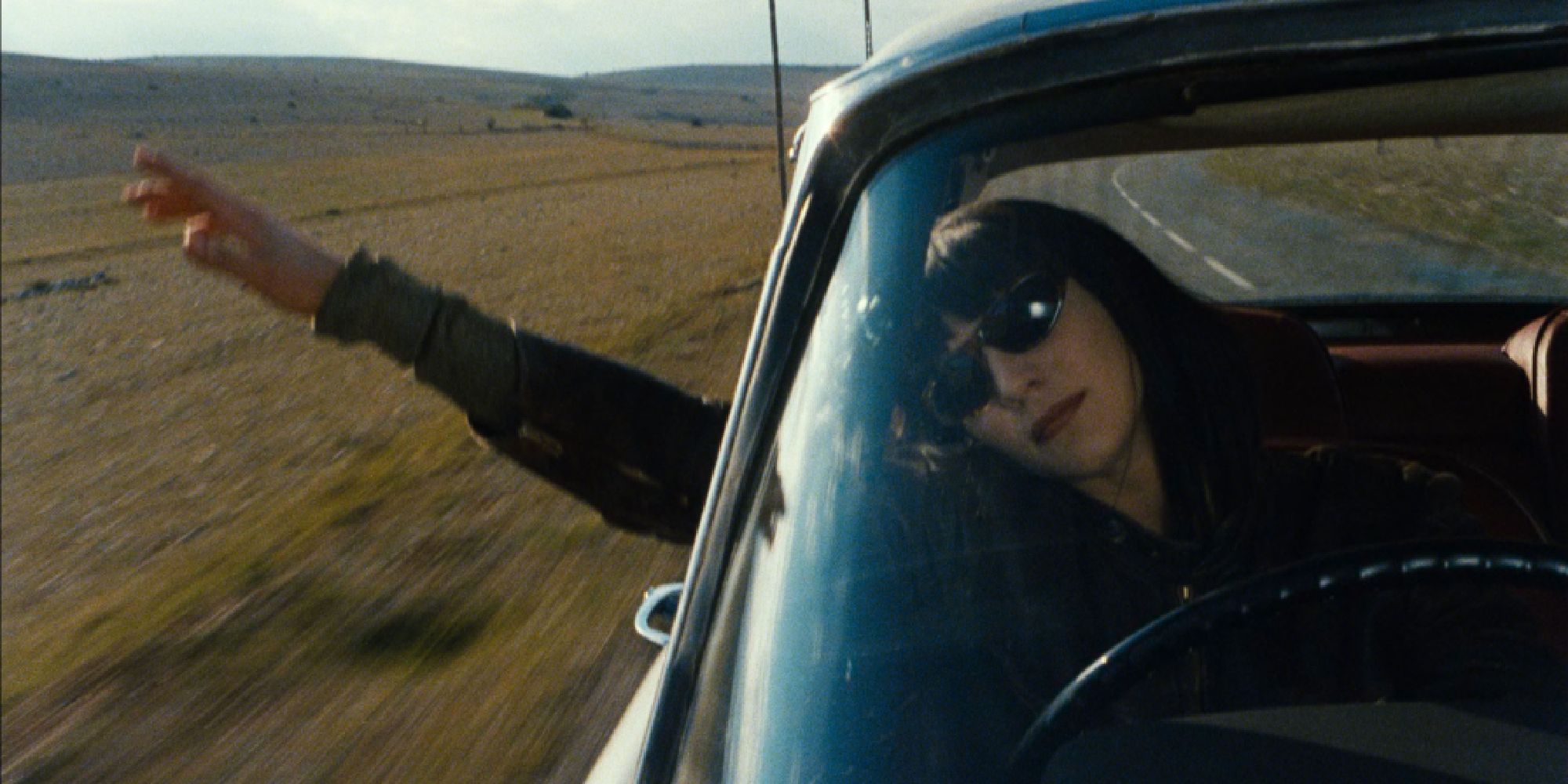Watching a very long movie can be an undeniably daunting task. For some viewers, a movie exceeding two hours would have to have a pretty good reason for doing so, and even more viewers would likely get restless once something reaches the three-hour mark. That does make the idea of watching the director’s cut of Wim Wender’s Until the End of the World a potentially tall order for many, as it’s just 13 minutes shy of five hours, at 287 minutes long. That might have some viewers running for the hills, but they should know that this science-fiction film – which was conceived as the “ultimate road movie” – has a surprising amount to say about life in the 21st century, with many of its scenes and stylistic touches aging surprisingly well. It’d be a cult film at best in any event, thanks to its length, but it also fits the idea of a cult classic by being likely to resonate more with audiences now than it might’ve done upon its release in 1991.
Until the End of the World uses its gargantuan runtime to essentially be two movies in one. The first half is a fast-paced, globe-trotting adventure, and it’s here where the film’s road movie elements are at their most pronounced. In the year 1999, the entire world is worried about life as they know it coming to an end, and amid all this chaos, one man (Sam) has a piece of technology that can record visual experiences and let whoever uses it access the dreams of others. Many shady people desire this technology, but he wants to deliver it to his parents, who are living somewhere in the Australian outback, mainly because his mother is blind and has no other way to see anything. He runs into a young woman named Claire, who at first follows him on his cross-country journey, yet eventually travels with him. The pair arriving in Australia is what kicks off the film’s second half, which is where the truly prophetic nature of Until the End of the World reveals itself…
‘Until the End of the World’ Predicted a More Globally Connected World
Still, it’s worth noting that even before Until the End of the World becomes eerily prescient in its second half, it reflects certain things that ring more true to life in the 21st century than life in the 1990s. The film was made at the start of the 1990s, and by the mid-90s, the internet began to become more commonplace, and only grew in popularity as the 20th century neared its end. Anyone living now in the 21st century knows that interconnectivity between people and places grows stronger with every passing year, and indeed, the words being read on your screen right now are only there because of the internet. As a piece of technology, it’s a way of crossing borders and cultural barriers that once seemed difficult to cross, unless one traveled across such borders and barriers physically.
The rapid pace of the road movie-focused first half – and the way it allows its main characters to travel to so many different locations – reflects the way the world is connected now through the internet. Within seconds, anyone with an internet connection can view news stories, images, or videos from any country on the planet. The characters in Until the End of the World can’t travel within literal seconds, but the way the first half of this film never spends more than a couple of scenes in a country before having its characters enter a new one reflects the kind of rapidly paced digital travel the modern day internet affords. The film was shot on four different continents, with a total of 20 different filming locations, and most of them are featured in this fast-paced, adventure-filled first half. Nowadays, experiencing multiple cultures within a short timeframe is possible thanks to the internet, but in 1991, the best option to do something similar was to watch an epic road movie this ambitious.
‘Until the End of the World’ Covered Escaping Into Devices Before Social Media
The road movie elements of Until the End of the World mostly fall away in the film’s second half. Events are contained to the Australian outback, where Sam is finally reunited with his parents, and can get the advanced technological device he has into the hands of his blind mother. She’s able to see all that he’s seen throughout his travels, and how these strange visual dreams are shown on-screen is hard to describe with words. The dream visuals are heavily pixilated and bizarre to look at, showing sights that look somewhat recognizable, yet also feel alien and more than a little bizarre. Still, it’s easy to see why being able to see anything at all would be amazing to someone who’s grown used to being blind, and furthermore, the dream visualizer device is eventually revealed to be intoxicating to those who can see in real life, with the final act having Sam and Claire escaping into the virtual world the device provides more often than they experience the real world around them.
For as visionary as Wenders is as a director, it’s hard to imagine that even he could have predicted the way social media functions in the 21st century, particularly starting in the late 2010s and following through into the early 2020s. Yet the intensely addictive nature of the devices that the main characters fall into eerily recalls the way that smartphones and social media apps today present, to some, a more desirable reality than… well, reality does. People are more psychologically and intensely connected to pieces of technology nowadays in the 2020s than ever before, and it’s this element of Until the End of the World – which is heavily explored throughout the film’s final hour or so – that feels like it most directly predicted the way human beings would interact with technology in the 21st century.
The Film’s Groundbreaking Soundtrack Mirrors How People Listen to Music Now
Sure, the idea of having a varied soundtrack filled with various acclaimed artists wasn’t invented by Until the End of the World. It was a movie released after the 1980s, after all, and that was a decade filled with movies that crammed their soundtracks full of pop music and radio hits that were varied in nature. But the beloved soundtrack of Until the End of the World stands out for a couple of key reasons. For one, it’s made up of mostly new songs recorded for the film, with director Wim Wenders asking a variety of musicians in 1991 to record the kind of music they thought they’d be making in 1999. The range of musicians consulted for making this unique soundtrack is beyond remarkable, with artists including Talking Heads, Lou Reed, R.E.M., Nick Cave and the Bad Seeds, Patti Smith, Depeche Mode, and U2, to name a few.
The second reason it stands out is because of how truly eclectic and huge it is, with even the officially released soundtrack (that runs for 70 minutes) still not being long enough to contain all the music heard in the film. The always-evolving and surprising mix of music inadvertently predicted how many people would use music in the 21st century, especially in the 2010s and beyond, with the advent of music streaming. A surprising amount of varied music is available at the click of a button, and users can even get streaming platforms to generate eclectic playlists filled with dozens of artists and countless different genres, with all songs likely to appeal to the specific listener. Streaming music in the 2020s and listening to the soundtrack of Until the End of the World admittedly isn’t a one-to-one experience, but it’s easy to see how listening to the latter in some ways reflects the former.
Not All the Predictions in ‘Until the End of the World’ Were Perfectly Accurate
As with all science-fiction movies that set themselves off in a future that eventually becomes the past, not everything in Until the End of the World ended up coming true in the literal sense. Some of the technology found in the movie can be linked to real-life technology that came to be a reality, but some of it is a little silly in hindsight. It’s not necessarily the fault of the filmmakers, but the idea of payphones having video chat capabilities looks a little dated when watching this film in the 2020s. Payphones themselves have all but come an extinct species technology-wise, and even if they were still used in the late 1990s, they never allowed users to video chat the way people can when they use them in Until the End of the World.
But then on the other hand, with the popularity of Skype, Zoom, and FaceTime calls, video chat is a part of life in the 2020s (especially for people in lockdown, in a post-pandemic world), just not in the way Until the End of the World envisioned. Similarly, the device that holds such power over the main characters in the film’s final act doesn’t look like a modern-day smartphone, but the effects it has on the people that use it prove surprisingly similar. It’s in these ways that Until the End of the World can be seen as a surprisingly forward-thinking look at life in the future. It may not have literally predicted things surrounding technology and how human beings interact with it, but various elements of this sci-fi movie’s world, predicted technology, and use of music hold up well when watched three decades on from its release.
This content was originally published here.












